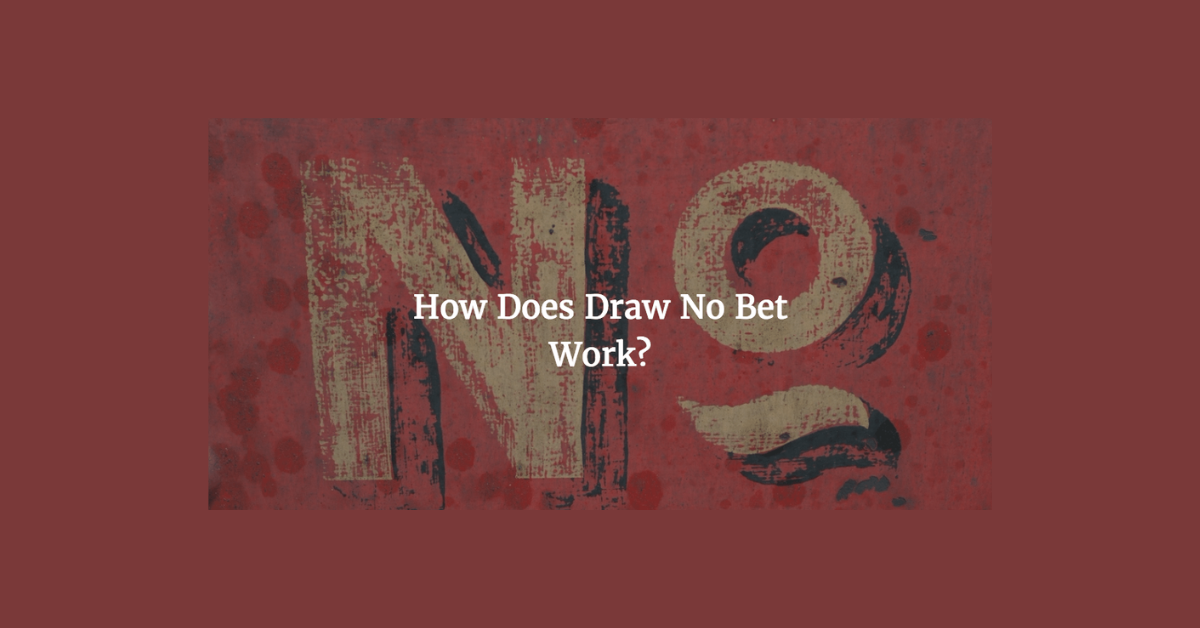Draw No Bet Explained
In the world of sports betting, Draw No Bet is a popular market that offers punters a unique way to wager on a match outcome. This market eliminates the possibility of a draw, giving bettors two possible options to choose from: backing either the home team or the away team to win. If the match ends in a draw, the stake is refunded, making it a less risky option compared to a traditional 1X2 bet.
For example, if you place a Draw No Bet wager on the home team and they win, you will be paid out at the odds offered. However, if the match ends in a draw, your initial stake will be returned to you. This market can be particularly appealing in games where a draw seems likely, providing a sense of security to bettors while still allowing them to potentially profit from predicting the outcome accurately.
Key Concept of Draw No Bet
Draw No Bet is a popular market in sports betting that essentially eliminates the possibility of a draw affecting the outcome of a wager. In essence, when you place a bet on a team in the Draw No Bet market, you are essentially placing a two-way bet. If the team you bet on wins the game, you win your bet. However, if the game ends in a draw, your stake is returned to you.
This market is particularly attractive to bettors who want to decrease the risk involved in their wagers, especially when dealing with sports where draws are common. By removing the draw as a possible outcome, Draw No Bet allows bettors to focus solely on predicting the winner of the game without having to worry about the possibility of a tie resulting in a lost bet.
Understanding the Draw No Bet Market
When it comes to sports betting, the Draw No Bet market is a popular option offered by bookmakers. This market essentially eliminates the draw as a possible outcome. In this scenario, if the match ends in a draw, the bettor will get their stake refunded, making it a safer choice compared to a traditional 1X2 market.
This type of bet can be particularly appealing for those seeking a bit more security in their wagering, especially in games where the outcome is expected to be close. By removing the draw option, it simplifies the betting process and allows for a binary outcome, either a win or a loss. This makes it a straightforward and easy-to-understand market for both novice and experienced bettors alike.
Advantages of Draw No Bet
One of the main advantages of the Draw No Bet market is that it offers a form of insurance for bettors. By eliminating the possibility of a draw affecting the outcome of the bet, it provides a sense of security and reduces the potential for losing stakes in case of a draw. This feature makes Draw No Bet a popular choice for those who want to minimize risks while still enjoying the thrill of sports betting.
Another advantage of Draw No Bet is its simplicity and ease of understanding. Unlike other more complex betting options, Draw No Bet is straightforward and easy to grasp, making it accessible to both novice and experienced bettors alike. This simplicity allows bettors to focus on the game itself rather than getting bogged down in intricate betting strategies, making it a convenient and user-friendly choice for many sports enthusiasts.
Disadvantages of Draw No Bet
When it comes to the disadvantages of Draw No Bet, one of the main drawbacks is the lower odds offered compared to traditional betting markets. This can potentially limit the potential winnings for bettors, especially when compared to outcomes where the draw is included as a valid result. Additionally, the Draw No Bet market may not always be available for all matches or events, limiting the options for bettors looking to utilize this strategy.
Another disadvantage to consider is the potential for confusion among newer bettors who may not fully understand the Draw No Bet concept. This market requires a solid understanding of how it works and the implications for different outcomes, which can be challenging for those who are not familiar with its nuances. This lack of awareness can lead to mistakes in placing bets or misunderstanding the potential outcomes, resulting in less favorable experiences for some bettors.















